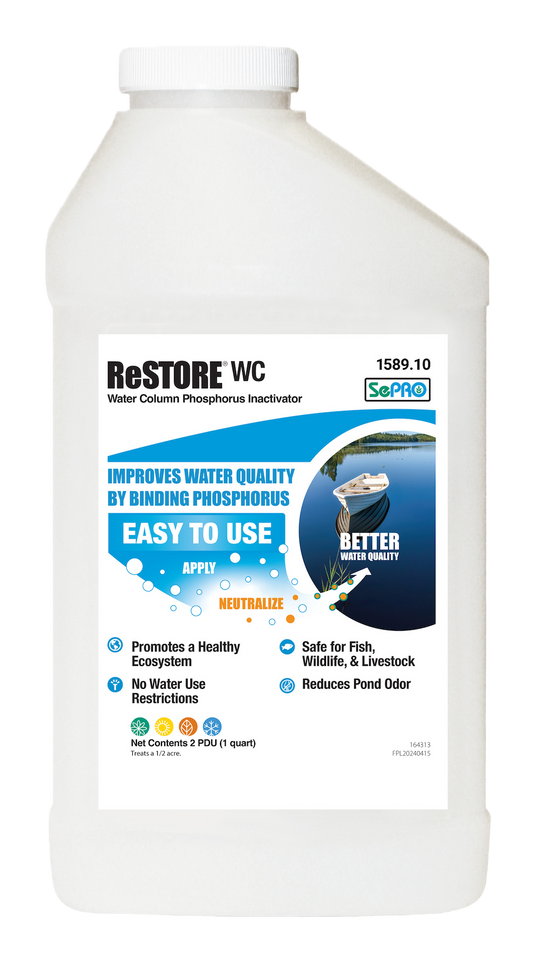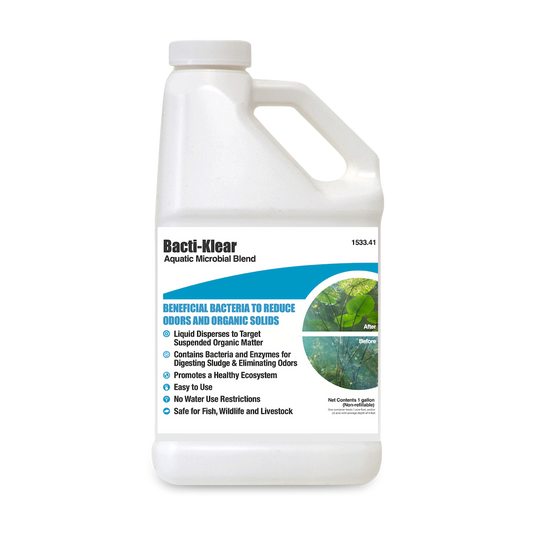Winterizing your pond is a critical step in maintaining a healthy aquatic ecosystem during the colder months. By clearing debris, adjusting filtration, and incorporating essential equipment like pond de-icers, you create a conducive environment that safeguards fish and aquatic life, ensuring they thrive when spring arrives.
1. Clear Debris and Organic Matter:Before winter sets in, diligently remove leaves, twigs, and any other debris from the water's surface. Utilize a pond net or skimmer to efficiently collect and dispose of these materials. For a thorough clean, consider using a pond vacuum to eliminate accumulated muck from the substrate, ensuring a clean and healthy environment for your aquatic ecosystem.
2. Adjust Filtration System:
Recognize that with dropping temperatures, the metabolic rates of fish and beneficial bacteria slow down. Modify your filtration system to accommodate this change. Either switch to a winter-friendly filter media or reduce the flow rate of your existing filter to prevent excessive water movement. This adjustment maintains the natural balance in your pond while preserving a conducive environment for aquatic life during the colder months.
3. Install a Pond De-Icer or Heater:
Guarantee the survival of your aquatic inhabitants by adding a pond de-icer or heater. These devices create a small, ice-free area on the water's surface, allowing crucial gas exchange with the atmosphere. This step is particularly vital for ensuring the well-being of fish and other organisms throughout the winter season.
By following these carefully curated steps, you can effectively winterize your pond or water feature, setting the stage for a thriving ecosystem when spring arrives.




